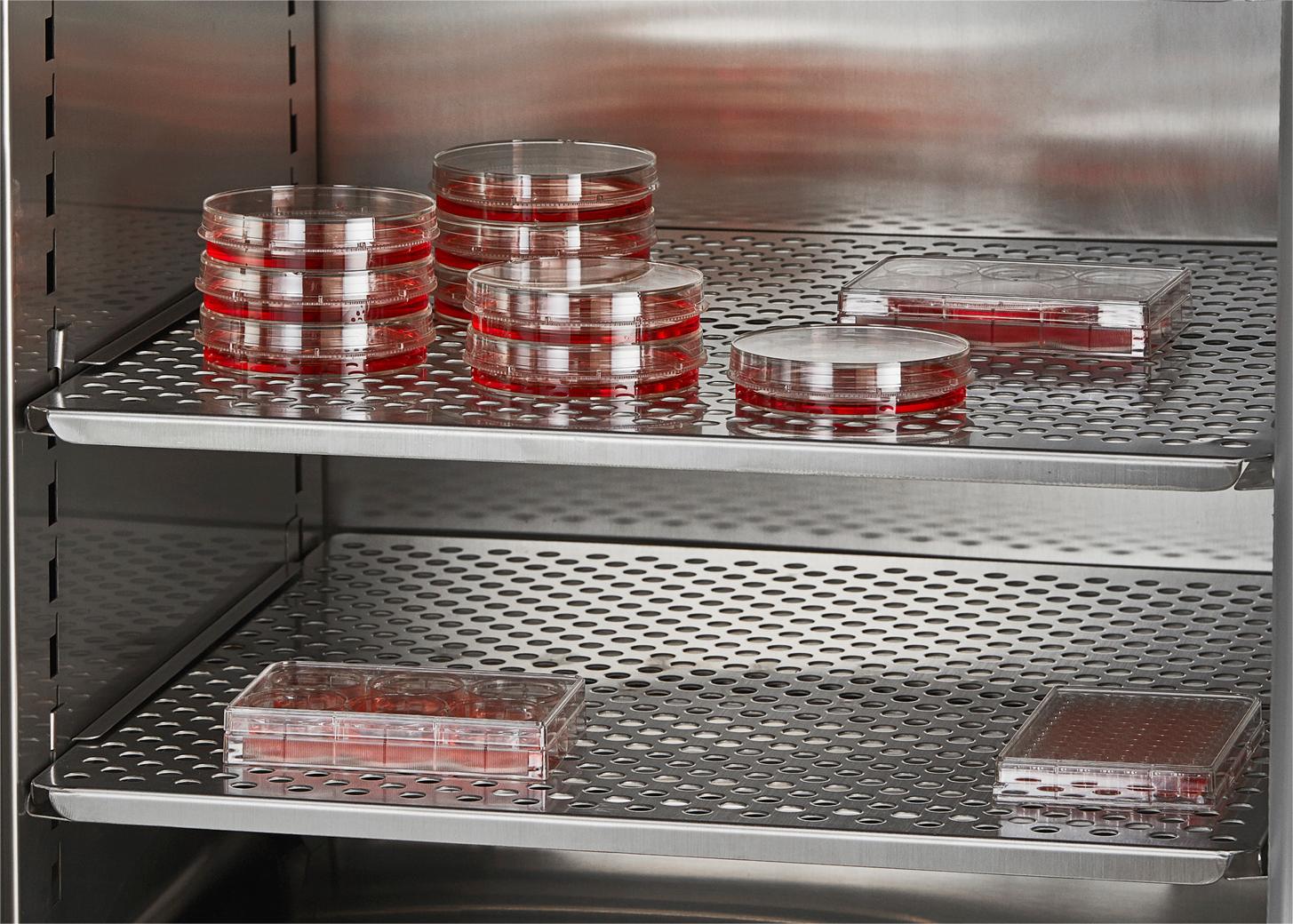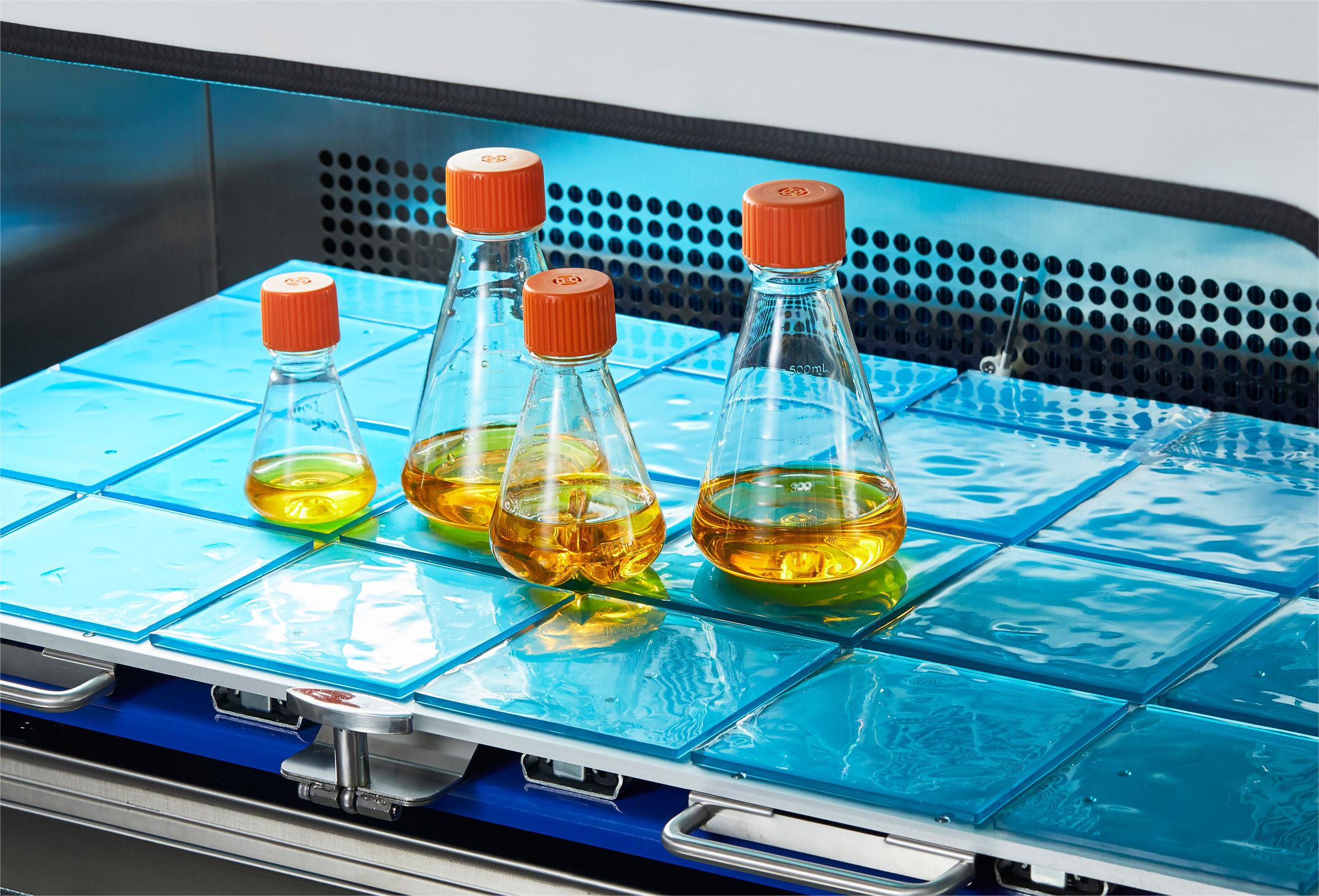what is cell culture suspension vs adherent?
Most cells from vertebrates, with the exception of hematopoietic cells and a few other cells, are adherent-dependent and must be cultured on a suitable substrate that has been specifically treated to allow cell adhesion and spreading. However, many cells are also suitable for suspension culture. Similarly, most commercially available insect cells grow well in either adherent or suspension culture.
Suspension-cultured cells can be kept in culture flasks that have not been treated for tissue culture, but as the volume and surface area of the culture increases, adequate gas exchange is impeded and the medium needs to be agitated. This agitation is usually achieved by a magnetic stirrer or an erlenmeyer flask in shaking incubator.
|
Adherent Culture
|
Suspension Culture
|
|
Suitable for most cell types, including primary cell culture
|
Suitable for cells can be suspension cultured and some other non-adherent cells (e.g., hematopoietic cells)
|
|
Requires periodic subculture, but can be easily visually inspected under an inverted microscope
|
Easier to subculture, but requires daily cell counts and viability assays to observe growth; cultures can be diluted to stimulate growth
|
|
Cells are enzymatically (e.g. trypsin) or mechanically dissociated
|
No enzymatic or mechanical dissociation required
|
|
Growth is limited by surface area, which may limit production yields
|
Growth is limited by the concentration of cells in the medium, so can be easily scaled up
|
|
Cell culture vessels requiring tissue culture surface treatment
|
Can be maintained in culture vessels without tissue culture surface treatment, but require agitation (i.e., shaking or stirring) for adequate gas exchange
|
|
Used for cytology, continuous cell collection and many research applications
|
Used for bulk protein production, batch cell collection and many research applications
|
| Get your CO2 incubator and cell culture plates now:C180 140°C High Heat Sterilization CO2 IncubatorCell Culture Plate |
Get you CO2 incubator shaker and erlenmeyer flasks now:
|
Post time: Aug-28-2023



 中文
中文

